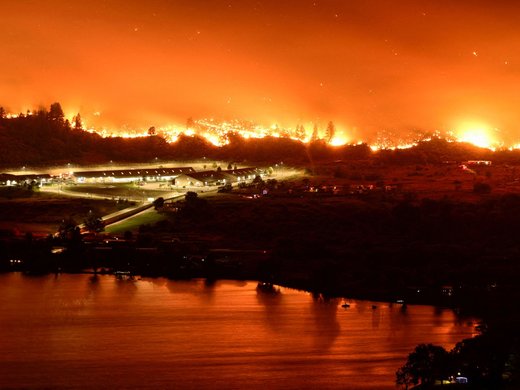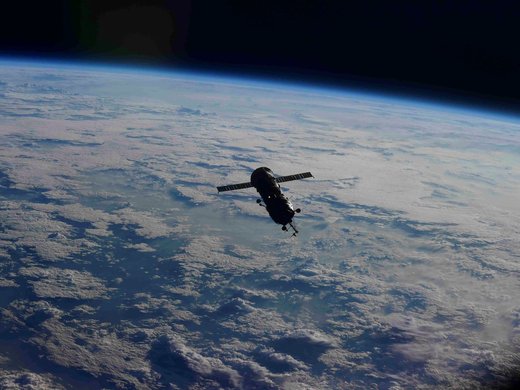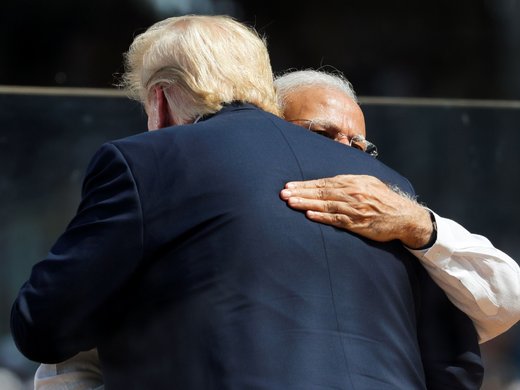Their province accounts for the bulk of Canada’s commercial relationship with India. But did Saskatoon or Regina or Medicine Hat warrant a stop on Indian Prime Minister Narendra Modi’s tour of Canada this week? No. Mr. Modi visited Ottawa, Toronto, and Vancouver.
There are tens of thousands of Indians in Toronto and Vancouver, but that diaspora largely has failed to inspire strong diplomatic and economic ties between Canada and India. Two-way trade was worth about $6.3 billion (CAD) in 2014, less than 1 per cent of Canada’s total. Canadian foreign direct investment in India was only $600 million. India is the third-largest economy in Asia, but only the 35th biggest recipient of Canadian investment.
These numbers should start every conversation about Canada and India. As he does everywhere he goes, Modi generated considerable buzz this week. One of the 10,000 people who attended his speech in Toronto called him "the icon representing the free democratic world." Canadian Prime Minister Stephen Harper accompanied Modi everywhere he went. It created the impression of a tight partnership. Harper belied that impression when the best example he could come up with of close Canadian-Indian ties was their co-chairmanship of a subcommittee of the G20.
“Despite all of the promise and potential, tangible results have been hard to come by,” Someshwar Rao and Stephen Tapp of the Institute for Research on Public Policy wrote in a blog post on Modi's visit to Canada.
Canada has done a good job selling India what only Saskatchewan has to offer.
The pulses Saskatchewan farmers ship form the staple of the Indian diet. Saskatchewan is also the source of the $350 million (CAD) in uranium that India said it will purchase from Cameco Corp. over the next five years. India needs that uranium badly. Modi wants to generate a quarter of his country’s electricity from nuclear power by 2050. The current figure: 3.5 per cent. “India’s nuclear program is a non-starter without fuel,” said Amit Bhandari, energy and environment fellow at Gateway House, a think tank in Mumbai. India’s current supplies of uranium come from France, Russia and Kazakhstan, according to Mr. Bhandari. “The five-year agreement with Canada for the supply of uranium is an important step in ensuring the growth of India’s nuclear power sector,” he said.
Ottawa and New Delhi talk a good game, but have achieved very little at the end of the day. An investment treaty has languished. Negotiations on a broader free-trade deal have sputtered. At the end of 2009, Harper predicted Canada–India trade would reach $15 billion (CAD) by 2015. It will do well to touch $10 billion.
So Canada is essentially starting from scratch with India. It has some slight advantages. A Canadian in India will cross paths almost daily with someone who has a friend of family in Canada. The federal government also was an early sponsor of the Vibrant Gujarat trade fair, a creation of Modi’s when he was the state’s chief minister. But the Modi government is in a hurry and he will have no difficulty finding partners. At this year's Vibrant Gujarat event, the Canadian delegation competed with official sponsorship from Australia, the Netherlands, Japan, the UK, Singapore, South Africa, and the US. Canada sent Immigration Minister Chris Alexander, a relatively junior minister, to wave the flag. The Americans sent Secretary of State John Kerry, among the most recognizable diplomats in the world.
The world wants a piece of India because the country could be one the verge of a long run of fast economic growth. The International Monetary Fund said this week that India will overtake China as the world’s fastest-growing economy. India’s finance minister, Arun Jaitley, told an audience in Washington Thursday that his country has achieved that level of growth without doing all that much. Jaitley said he will implement tax reforms and cut red tape, enabling India to grow even faster. “It is a roadmap to double-digit growth,” he said.
Notably this week, Harper and Modi put out word that they would attempt to complete a free-trade agreement by September. That could be a bigger deal than the uranium agreement. Rao and Tapp of the Institute for Research say each country could gain as much as 1 per cent of gross domestic product with a free-trade agreement.
This will be the measure of the Canada-India partnership. India isn't especially keen on free-trade agreements and it is a difficult negotiator. At the same time, New Delhi has realized that there is a contradiction in Modi’s desire to turn India into a manufacturing and export hub in Asia, even while it lacks the tariff-free access enjoyed by Asian countries that are less skeptical about trade.
If Canada can take advantage of that apparent shift in Delhi’s thinking, then we start talking about Canada and India as partners. But until something significant happens, Canada will be just another country clambering for a piece of India’s potential growth. The line is long and Canada will need to do more than it has done to date to standout.


